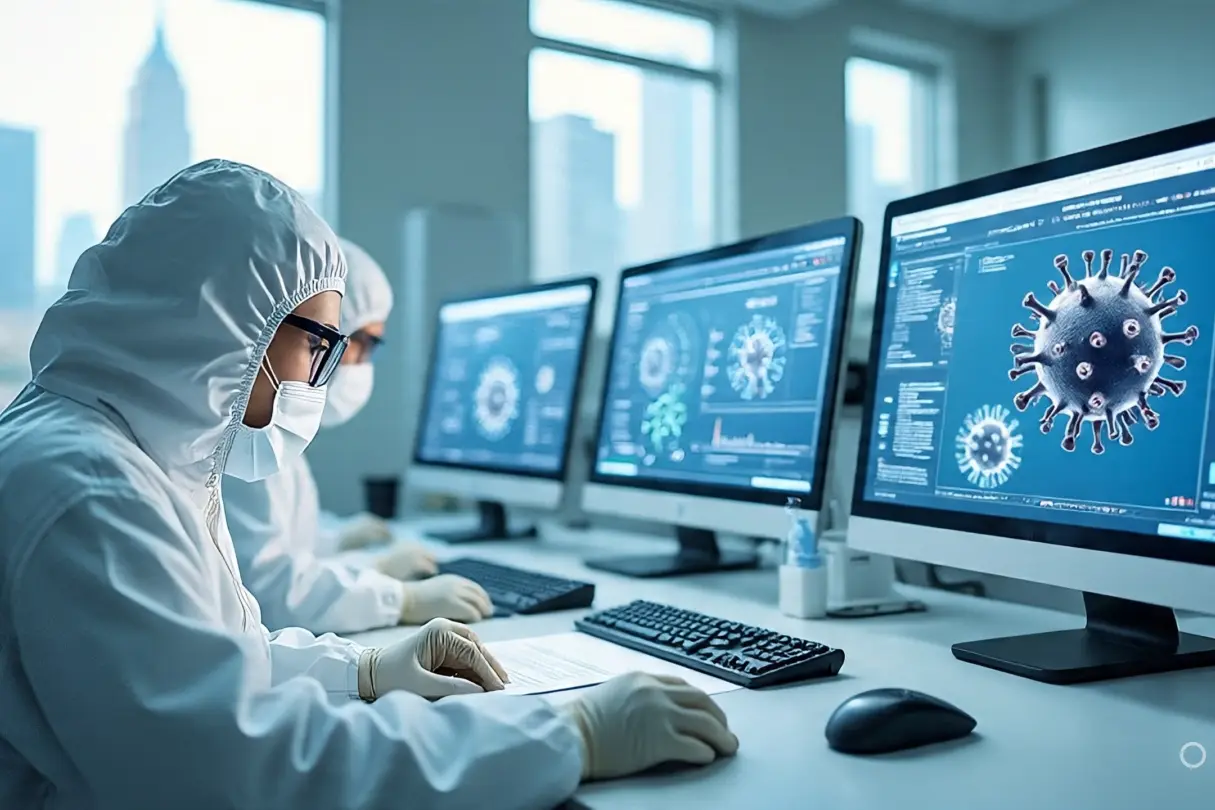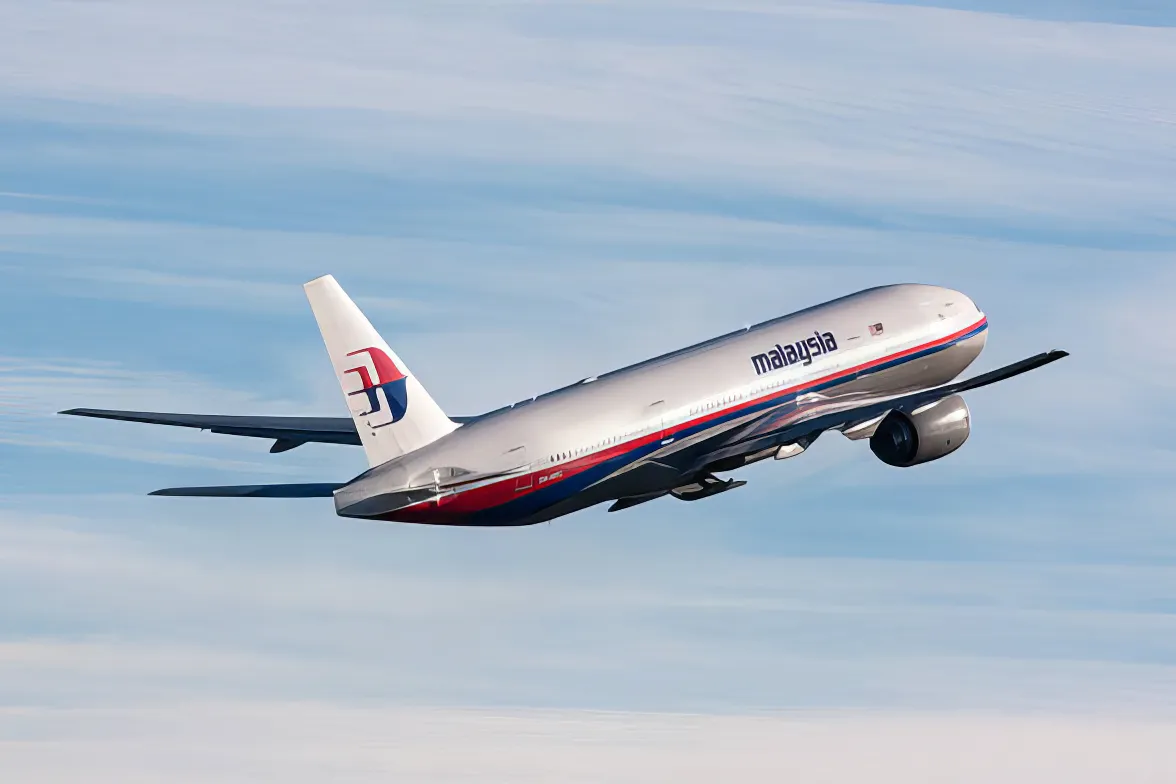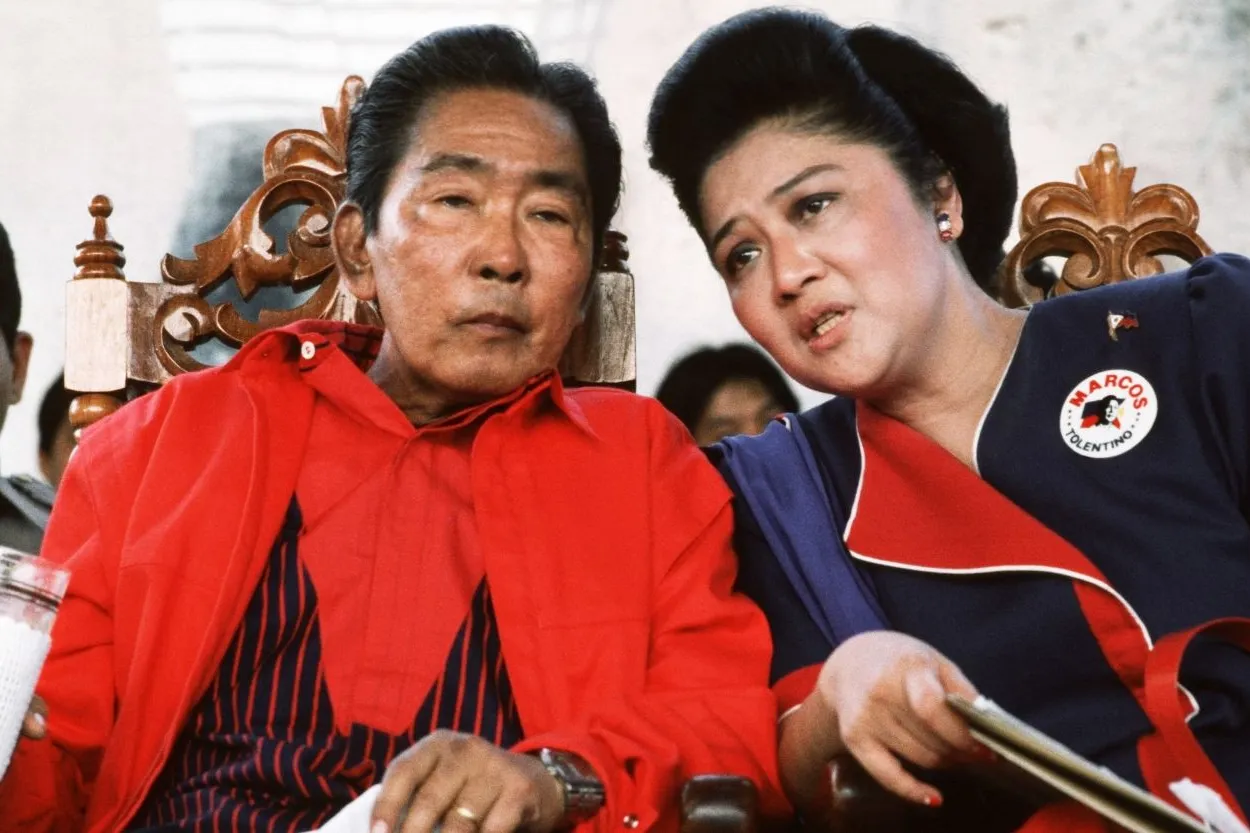🦠 How the COVID-19 Origin Debate Started
When COVID-19 first emerged in late 2019, most experts believed the virus had jumped from animals to humans—likely through a live animal market in Wuhan, China. This “zoonotic spillover” explanation fit the pattern of previous coronavirus outbreaks like SARS and MERS.
But as the pandemic spread and the world scrambled for answers, a second theory began to circulate: that the virus might have accidentally leaked from a laboratory, specifically the Wuhan Institute of Virology (WIV), which was known to study bat coronaviruses.
This idea—once dismissed as fringe or conspiratorial—eventually gained traction, even among scientists and governments. The debate about whether COVID-19 has a natural origin or lab-based one continues to divide opinions and shape global politics.
🔍 What Scientists Say: The Natural Spillover Theory
The majority of virologists and public health experts still support the natural origin theory. Coronaviruses are known to emerge from animal reservoirs, particularly bats, and can be transmitted to humans through intermediate hosts like civets or pangolins. This is how SARS emerged in 2002.
A joint investigation by the World Health Organization and Chinese authorities in early 2021 concluded that a natural origin was “most likely,” though it acknowledged that further research was needed. Genetic analysis of SARS-CoV-2, the virus that causes COVID-19, shows no clear signs of genetic engineering. According to most molecular biologists, the virus’s genome appears consistent with a natural evolutionary process.
🧠 Why the natural theory remains strong:
-
Coronaviruses frequently jump species.
-
Similar viruses have been found in bats in Southeast Asia.
-
No definitive lab-origin evidence has been found.
🧪 The Wuhan Lab Controversy
The Wuhan Institute of Virology is one of China’s leading virus research centers. It had previously collaborated with international scientists and conducted studies on bat coronaviruses for years. Critics of the natural spillover theory point to WIV’s location in the same city where COVID-19 first appeared—not as proof, but as a suspicious coincidence.
Some scientists and investigative journalists noted lapses in lab safety protocols reported in the past. Leaked diplomatic cables from 2018 raised concerns about biosecurity at the institute. While there’s no direct evidence that SARS-CoV-2 escaped from a lab, the possibility that a lab accident could have occurred isn’t impossible—and some researchers have called for deeper, independent investigations.
🔎 Key concerns raised by lab-leak theorists:
-
Proximity of WIV to the outbreak’s origin
-
WIV’s work on bat coronaviruses
-
Limited transparency from Chinese authorities
-
Early suppression of whistleblowers and key data
🧬 Was the Virus Genetically Engineered?
One of the more extreme versions of the lab-leak theory claims that the virus was not just released accidentally, but was deliberately engineered—perhaps even weaponized. However, most scientists dismiss this claim due to lack of genetic markers commonly associated with lab-created viruses.
The virus’s structure, especially the furin cleavage site in its spike protein (which helps it bind to human cells), has been cited by some as unusual. But many virologists argue that these features can and do occur naturally.
🧪 Why experts say COVID-19 wasn’t designed:
-
No evidence of “cut and paste” gene editing
-
Similar traits have been found in naturally occurring viruses
-
Gain-of-function research (which alters pathogens to study potential risks) exists but is heavily regulated, and there’s no proof it produced SARS-CoV-2
🌐 Politics, Secrecy, and the Search for the Truth
Part of the difficulty in settling the lab-leak debate lies in geopolitics. From the early days of the pandemic, China was accused of withholding information and silencing doctors. Meanwhile, some governments used the lab-leak theory as a political tool rather than a scientific inquiry.
In the U.S., the theory was heavily politicized. Under the Trump administration, it was used to criticize China, sometimes veering into xenophobic rhetoric. As a result, many scientists were initially hesitant to engage with the theory out of fear it would be seen as validating conspiracy thinking.
In 2021, U.S. President Joe Biden ordered an intelligence review of the virus’s origin. The conclusion? Inconclusive. Agencies were split between natural origin and lab-leak, with low to moderate confidence either way. The Chinese government, for its part, has rejected the lab-leak claims outright and refused additional access to WIV records or personnel.
🌍 The stakes go beyond science:
-
Damaged trust between China and Western countries
-
Increased scrutiny of high-security virus labs worldwide
-
Tighter international biosafety regulations being proposed
📣 Misinformation in the Age of Outbreaks
The COVID-19 pandemic didn’t just spread a virus—it unleashed an infodemic. From social media to talk shows, theories about virus origins, vaccines, and government overreach circulated wildly. The lab-leak theory became a breeding ground for misinformation, often blurring the lines between legitimate skepticism and baseless conspiracy.
The problem is compounded when scientific uncertainty meets political agendas. Public trust erodes quickly when information is murky or appears manipulated. The lab-leak theory serves as a case study in how facts, fear, and power interact during global crises.
🛑 What we learned about misinformation:
-
Lack of transparency fuels speculation
-
Early labeling of alternative theories as “disinformation” can backfire
-
Scientists and governments must communicate clearly, even amid uncertainty
🧭 So, Where Does That Leave Us?
To this day, the origin of COVID-19 remains officially unresolved. While most scientists still believe natural spillover is the most likely explanation, calls for a fuller, transparent investigation into the lab-leak possibility continue.
Both theories—zoonotic and lab-related—have evidence and gaps. The truth may never be fully known unless more cooperation from Chinese authorities becomes possible. What is clear, though, is that understanding how this virus emerged is not just an academic exercise. It’s crucial for preventing future pandemics.
Whatever the origin, the lesson is the same: global health security depends on honesty, accountability, and science-led preparedness.




